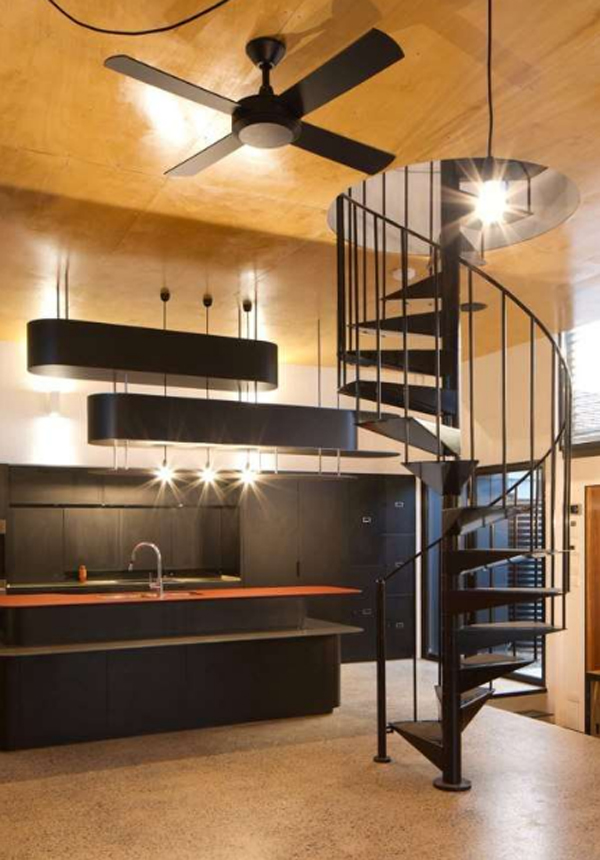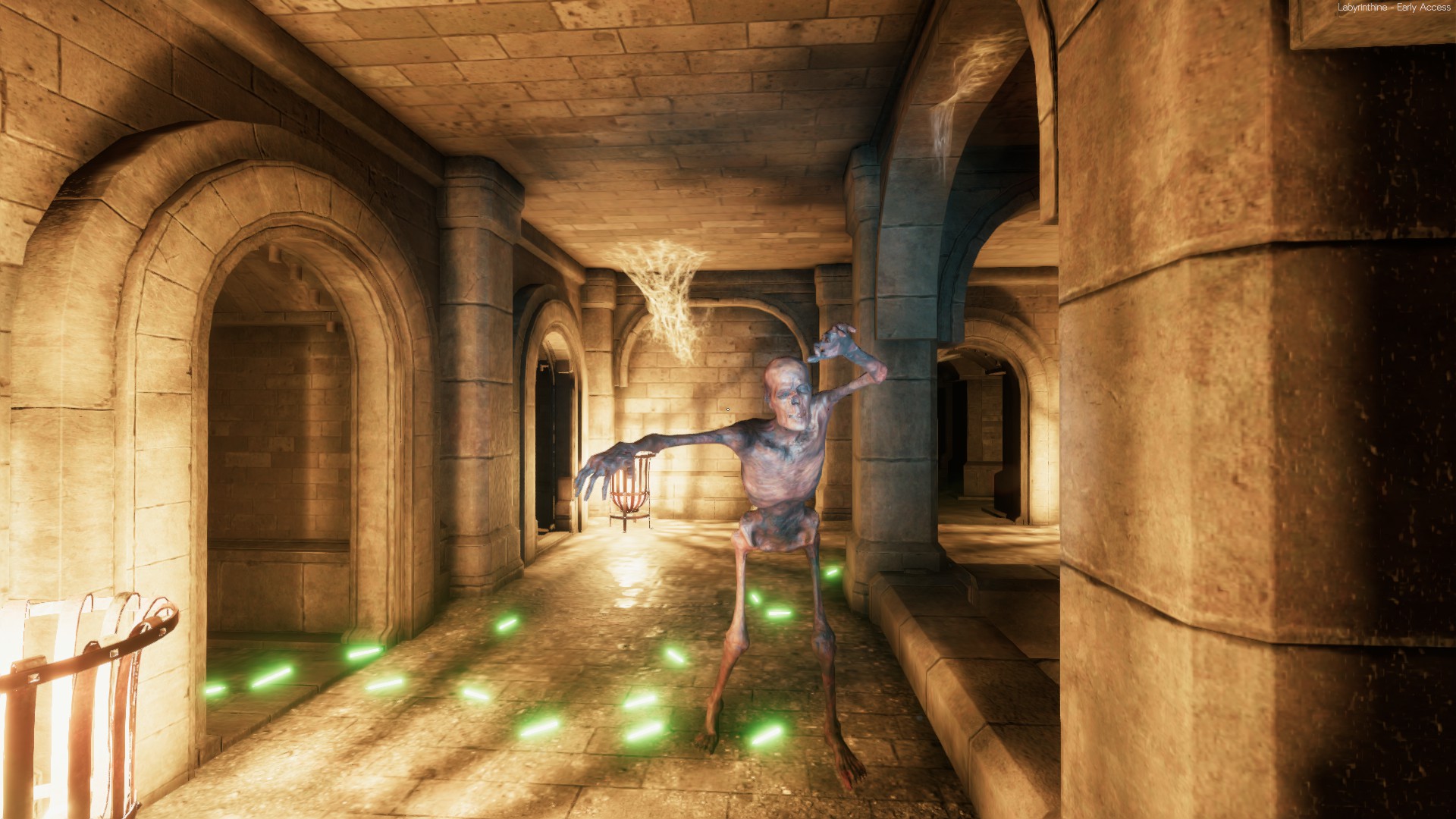Table of Content
However, you can put the dumbbells on blocks to adjust the starting position. And the handles on the kettlebell make the starting height close to a barbell deadlift. Deficit deadlifts increase your strength off the floor by overloading the hamstrings, glutes, and lower back. So you can use this type of deadlift when you are weakest in the lower half of the range of motion.

The quality of simple, crucial materials like screws and the quality of joinery will be a massive deal for a platform. Better construction on these essential materials is a direct factor in durability since areas like screws, joinery, and rubber matting are where platforms tend to fall apart first. This can add real versatility to your home gym, contributing to a wide range of exercises. It’s a single investment that pays off all over your workout routine. Valor’s material choices are good, and their fitment into the frame is great.
Equipment Reviews
Hold the weights at your side as if you were carrying suitcases. Start with your good leg, then do the same number of reps with your awesome leg, then try to do twice as many reps with both legs and conventional stance. DIY Deadlift Platform will give you more space to lift weights while reducing the risk of injury.
Dropping weights is an almost unavoidable part of barbell training. Even if your technique doesn’t call for dropping the bar, odds are that you will accidentally drop it at least a few times. Whether it’s because we get lax and don’t pay attention or we are pushing ourselves to achieve PRs, those weights are going to hit the floor. So after all this today I was wondering how to train the hamstrings and it occurred to me to lighten the weight. So after a brief break of practicing electric guitar for 15 minutes, I loaded up the bar again.
Why everyone should do more deadlifts
Come to a standing position by straightening your knees and moving your hips forward. Keep your palms turned in toward your body and rest the weights alongside your thighs. Activate your abs constantly throughout the deadlift to protect your lower back. Most deadlift platforms are eight feet long and four feet wide, which is enough to accommodate the average lifter's needs. However, you might need a larger deadlift platform depending on which types of lifts you're doing. In that case, you can opt for an Olympic deadlift platform that measures eight feet long by six to eight feet wide.
To incorporate deficit deadlifts into your training program, you'll need some rubber mats to stand on. If you don't have access to rubber mats, you can use 45lbs plates though this is less ideal. I would recommend starting with a 2" deficit though personally, I have used up to a 4" deficit in training. The deficit deadlift over emphasizes the bottom portion of the lift and puts the lifter at a disadvantageous angle to begin the lift.
How To Do Weighted Dips For Chest vs Triceps With A Weighted Dip Belt
The weight dropped with a thud that shook the whole house. I hadn’t expected to lose my grip, but the bar (which was loaded to just over 300 lbs.) slipped without warning. After I inspected myself for injury, I checked the weights for damage (at that time I was using a set of sharp-edged iron plates). Then I held my breath and gingerly lifted the carpet remnant that served as my gym floor to see how the cement underneath had fared.

This DIY exercise platform will cost you less than $50 and offers more stability while doing deadlifts since it's built so close to the floor. There are many benefits to creating your own DIY weightlifting platform using plywood. For one thing, it's relatively cheap when compared to buying a pre-fabricated platform.
Cheap Homemade Deadlifting Platform
They need to be longer than a deadlift platform to accommodate for positions like the split jerk, which might require 6-7 feet of clearance, depending on the athlete. A noise-reducing platform is always a better choice if you’ve got the budget, but youcanbuy crash mats or SVR inserts after the fact if you run into major issues. Most platforms will be good for this, but classic deadlift platforms are among the best due to the thicker tiles.

Generally, it’s somewhere around shoulder-width with your hands just outside your knees. Again, dumbbells have you starting lower to the floor. So use blocks or kettlebells to adjust the starting height if necessary. However, the critical distinction is that you keep your legs straighter during an SLDL than an RDL. With virtually no bending of the knees, you really only bend at the hips. At first glance, the stiff leg deadlift looks a lot like the Romanian deadlift.
Just as it’s described, this is a hip thrust with a band attached to your hips and a pole or bar. Lean back with your hips slowly, then extend through the hips and contract as hard as you can at the “top” of the movement. You can combine these with a kettlebell or dumbbell swing, for kicks. Good mornings are an excellent deadlift accessory in any case, but they’re really useful now because you don’t need nearly as much weight to make them challenging. You can lift odd objects onto your back and go for reps. Keep your legs relatively stiff, lean back into your hips, and then extend.

Much like the kettlebell swing, the cable itself will help reinforce the hip hinge technique without much coordination on your end. Let the kettlebell pull you into a bowed position as it swings between your legs. Reverse the movement in-line with the cadence of the swing and squeeze your glutes.
Let the bell fly upward in front of your torso, but don’t raise it with your arms. Assume a slightly wide stance and begin rocking your hips back and forth to generate early momentum. Swing your hips until the bell begins to oscillate back and forth, and then exaggerate the motion until you’re performing explosive hip hinges.

No comments:
Post a Comment